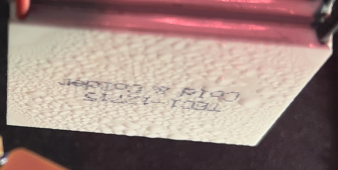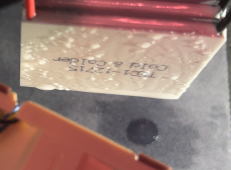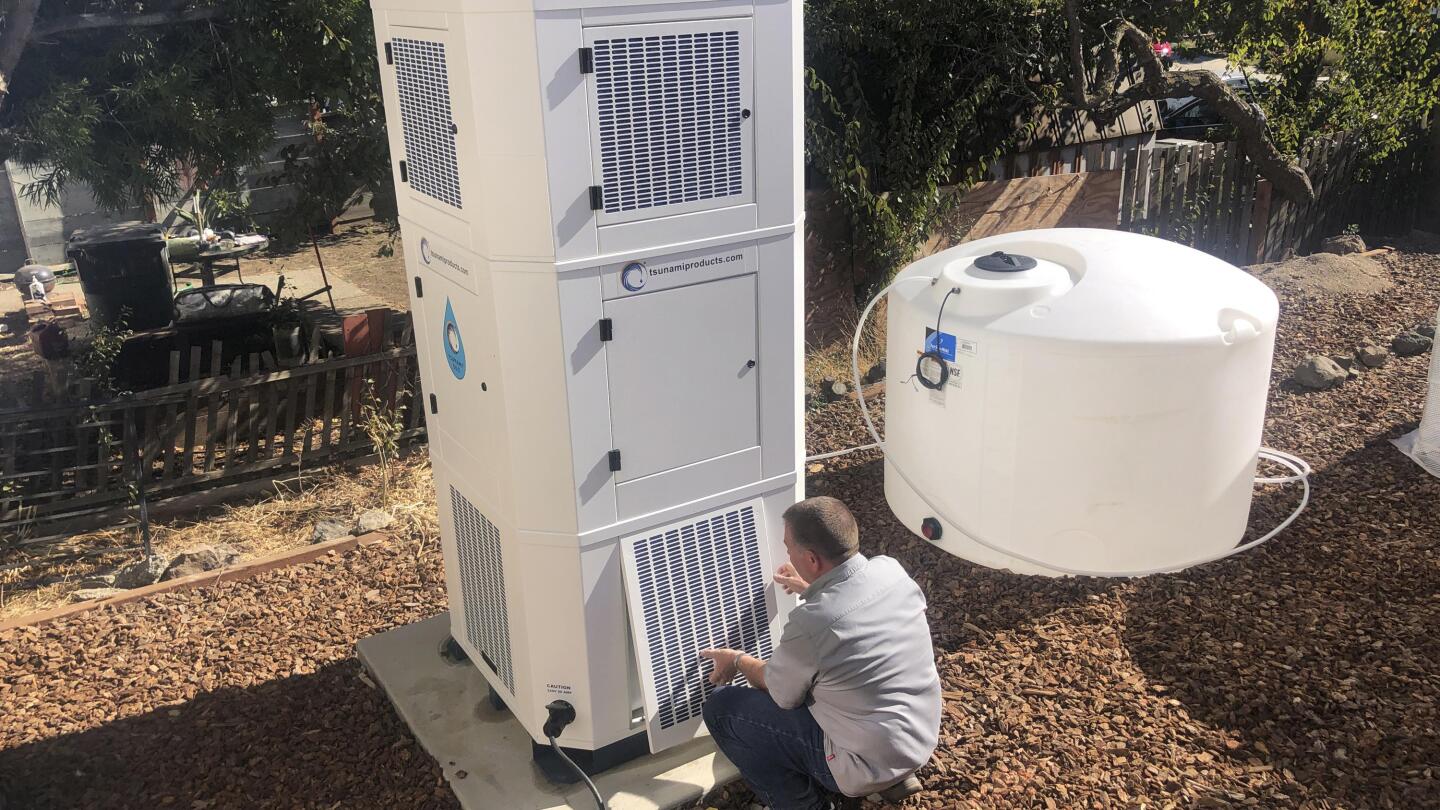Dear
@bdamit, welcome to the forum. Awesome inquiry.
It is indeed possible to efficaciously induce water to condense out of the air, and collect+filter the water in order to render it potable.
I have successfully extracted water from air using peltiers and only 10W input power.
The best numbers I could find online were 250-310Wh/Liter of H20 from air. That's the number to match or beat

Check out what this person did:
https://hackaday.io/project/5103-smart-dew-point-water-harvester
The aquaboy is one such turnkey device that seems to be out of production now; it looked like a normal water cooler but inside it had a refrigerant compressor cooling mechanism that blew ambient air over a cold interface and collect the condensation in a stainless steel drip pan. UV light, water filters, and a final stainless steel holding tank.
I think if you want to convert a small fridge to do
Atmospheric Water Generation that you can absolutely achieve some water generation. It will depend on your local atmospheric conditions. Basically, I would suggest finding as large of a water container as you can find that will fit in the fridge compartment. Fill it with some water/glycol mixture, and drill one outflow port and drill one inflow port. Run the fridge for a long time and then program an arduino to turn on a water pump when the ambient relative humidity is high and the temperature of the fluid in the reservoir is low.
Please ask more questions as you see fit. This is absolutely a tractable problem. It might not make you enough water to shower, but it's enough to prevent someone from suffering from acute dehydration if engineered appropriately.
To conclude this post, these other threads have some semi-related discussion for your optional perusal in the meantime:
My bestie and I have been trail building in the wilderness for quite a number of years. We have developed this one trail and cleared out a large area of undergrowth on the top of a majestic coastal mountain with an awesome view and call it Red Corn Camp. There is no water supply on the top of a...

diysolarforum.com
... PLEEEEAAAASE talk more about your plans for your dehumidifier water collection set up. do you have it planned out? are you still designing it? I'm SUPER interested in this. Bless up!

diysolarforum.com
This one mentioned earlier in the thread has great info about filtering water:
Was just reading up on making y own Berkey water filtration system using buckets and buying filters! Sounds like a fun project for small amounts of water usage for drinking. Has anyone done this? What size filter are you using Micron size wise and where is the best place to buy your filters?

diysolarforum.com
An atmospheric condenser was a device that could extract water from the air. Kamin, a resident of Kataan, suggested building atmospheric condensers to fight the constant drought that was affecting the planet to his community's administrator. Each community would be responsible for its own...

memory-alpha.fandom.com
Cheers and have fun with whatever you do end up doing.

From stacked peltier experiment 10W input power:


used about 5.5 Wh to draw 6 droplets out of the air in half an hour in 27°C ~37%RH condition. i would consider it a pretty shabby test, didn't get to the part of having a copper coil to carry the coolant and interface with the air.








